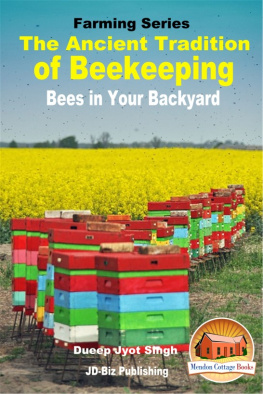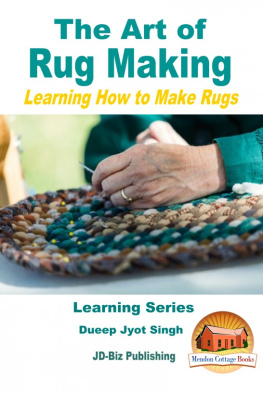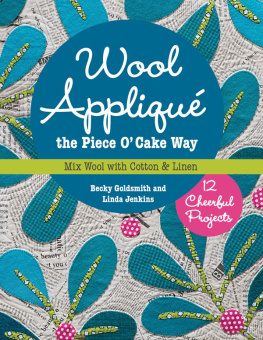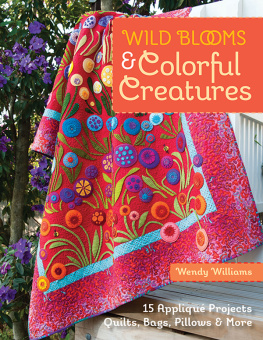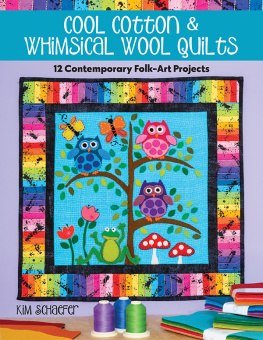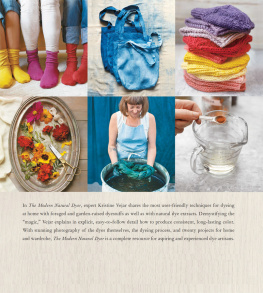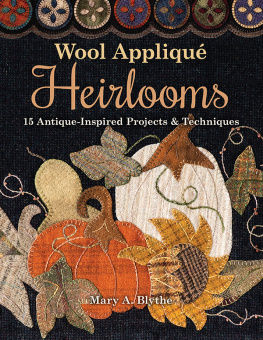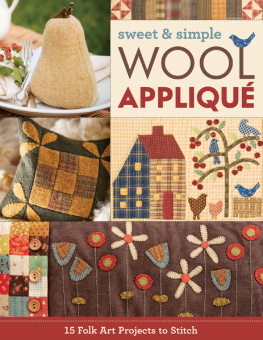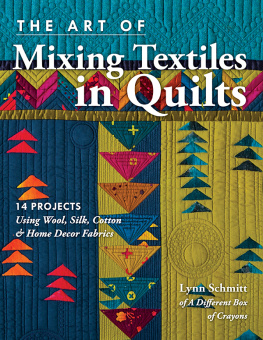Learn the Art of Natural Dyeing
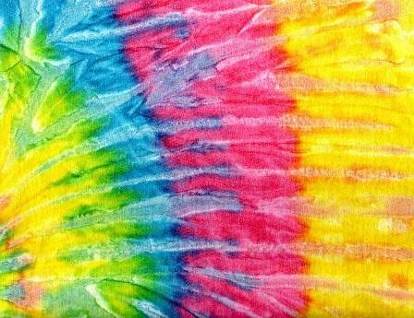
Dueep Jyot Singh
Learning Series
Mendon Cottage Books

JD-Biz Publishing
Download FreeBooks!
http://MendonCottageBooks.com
All Rights Reserved.
No part of this publication may be reproducedin any form or by any means, including scanning, photocopying, orotherwise without prior written permission from JD-Biz CorpCopyright 2016
All Images Licensed by Fotolia, Pixabay, and123RF.
Disclaimer
The information is this book is provided forinformational purposes only. The information is believed to beaccurate as presented based on research by the author.
The author or publisher is not responsiblefor the use or safety of any procedure or treatment mentioned inthis book. The author or publisher is not responsible for errors oromissions that may exist.
Our books are available at
Download FreeBooks!
http://MendonCottageBooks.com
Table of Contents
Introduction
Whenever members of my family have to movefor official duty, all over the globe, they asked me what I wantfrom their new posting. And my answer is always invariably,traditional textiles, and that is all I have, a really goodcollection of traditional textiles made locally.
Below is an excellent example of traditionaldyeing, an art which has been practiced in many parts of the world,for millenniums. So this book is going to tell you all about howyou can enjoy a brand-new activity, that of dyeing, as done in theEast and in the West with natural products.
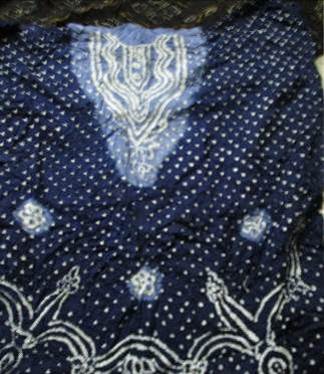
You can see the neck in a different colordesign, and the border of the shirt made up with a whitetraditional border design. All I have to do is press this clothafter washing it, pressing it, and then cutting it, according to myown specifications and stitching it to make an excellent tie-dyeshirt.
So now let us begin with the art of dyeing,which is almost forgotten today, even though once upon a time witha great number of chemicals dyes coming into the market in theVictorian era, every single piece of cloth was dyed in reallycolorful, discordant, and really bright hues.
If you look at some of the clothing worn bywomen in the 18th and 19th century, youshould not be surprised if they wore dresses made up with green,orange, vermilion, scarlet, red, pink, and any other color of theirchoice, all mixed together like that of a colorful parakeet.
And that was the fashion. Today, we are goingto call that loud fashion sense noisy and tasteless. That isbecause it is possible that we prefer more subdued colors insteadof dark and clashing colors all mixed up in rainbow hues in justone garment. But at that time, the more colorful the attire, themore that woman was considered to be fashionable.
Tie-dye traditionally happens to be the artof resistance dyeing. You can get distinctive patterns by justtying the fabric into pleats, folds, knots, and even scrunches.This is going to prevent the dye from penetrating certain areas. Mymother told me that she and her younger sister were taught aparticular subject, at school in England after the 2ndworld war, called Domestic Science, and these types of courses wereeven taught at the college level.
I was looking in my aunts practical books,and found plenty of tie and dye patterns, which had to be made bythe students, in order to pass the Degree Course.
These techniques have been around forcenturies, all over the world, especially in West Africa, where itis called batik, in Asia, and in southeastern Asia. The flowerchildren of course used to wear plenty of tie and dye clothing, inthe 50s and 60s and this particular dress happened to be emblematicof the free-spirited day and age of that particular era. Theseclothes were accompanied with lots of beads and huge chunkyjewelry.
So let us begin with tips on how to dyeproperly.
Tie-DyeTips
Natural fibers like linen, cotton, and silkis of course the best choice for dyeing, because they are going tohold the color best. Whatever fabric you choose, remember that theyshould be at least 60 70% natural fabric in order to pick up thecolor beautifully. In ancient times, of course there is absolutelyno problem of any artificial synthetic materials used in clothing,and that is why the dyeing was done naturally on hundred percentnatural fabric. That is why lighter colored fabrics were oftenused, to get the brighter hue. In one of the Arabian Nightsfantasies, in which Sinbad went adventuring, he reached an islandwhere everybody wore clothes, in different shades of blue andnothing else but blue. He naturally, knowing more of the world madehis fortune by dyeing the clothes of the aristocrats in differentcolors, red, yellow, green, pink, scarlet, maroon, brown, black,and any other color, you could imagine with natural dyes.
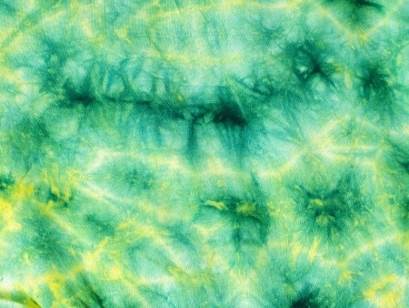
So as the Arabian nights was written morethan 10 centuries ago, it is understood that in that part of theworld, everybody knew all about how clothes could be dyed naturallywith products easily available to everybody and recognizable.
Here is one tip, which most of us do notknow. You will be surprised to know that regular table salt isessential to every dye-ing project. It acts as a fixer. Ideallyfabric should be soaked in a salt solution before and after dyeing.However traditionally, dyers used other fixing agents, in order tofix the color properly.
Steps forDyeing
First, you are going to need some importantingredients, which are easily found right there in your bedroomcupboard or in your kitchen. These are going to include rubberbands and string in order to tying the garments properly. Rememberto use cotton thread, or better yet, you can experiment with rubberbands, string, cotton cord, or any other tying material becauseafter all, your job is to make sure that one particular area of thecloth is not dyed after you have tied it really tightly andsecurely. This of course is important. After that, you are going tomake it even more watertight/dye-tight by spreading that area withwax.
Two types of beeswax brown naturallyunrefined and white refined.
The white one is normally known as candlewax, and is used for making candles. It has been refined to aboutan inch of its life. You may want to use it for making reallywhiter than white creams and lotions or in your tie and dyeprojects.
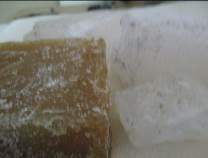
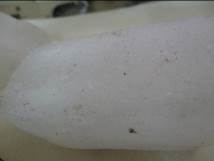
Along with this, you are going to need rubbergloves in order to protect your hands. Believe it or not, you aredefinitely not going to enjoy your hands stained with turmeric,walnut, and other natural dyes, unless you want to be called NutBrown Lady, especially when you are using walnut.


